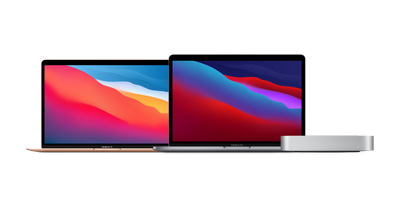
- HOW TO MAKE WINDOWS 10 LOOK LIKE MAC 2019 INSTALL
- HOW TO MAKE WINDOWS 10 LOOK LIKE MAC 2019 ISO
- HOW TO MAKE WINDOWS 10 LOOK LIKE MAC 2019 DOWNLOAD
Bummer, I know… Maybe even a supersimple yes/no page with pictures. That’s right John, both you and me don’t get a voice in this matter. ZERO “linux users opinions and recommendations”.
HOW TO MAKE WINDOWS 10 LOOK LIKE MAC 2019 DOWNLOAD
See where I’m going with this?įor people that are curious about this linux thingy, there need to be some very simple, straightforward, super-logical portal where it’s easy to choose a system, easy to download it and make a bootable usb of it, and also good/current info/links for troubleshooting.
HOW TO MAKE WINDOWS 10 LOOK LIKE MAC 2019 INSTALL
After that, Debian most likely won’t install because they should have picked the versions that include non-free stuff.

HOW TO MAKE WINDOWS 10 LOOK LIKE MAC 2019 ISO
Even distros own websites are filled with old info and confusing the hell out of any new users, just tell a newbie to download a Debian ISO and see how that goes… “uuuuh, where are those ISos you speak of?” If they manage to find one: “What are all these KDE GNOME XFCE things, what should I pick” And even after all that living hell they now face the dilemma of creating a bootable usb. Distrowatch is an unpleasant mess to use and Wikipedia regarding linux is complete bollocks. You also mention all information one needs is available, sure, but it’s scattered all over the place and comes with 400 billion opinions and personal recommendations that are enough to scare bears out of the forest. although I have noticed that my preferences in life tend to work very well for one person only: Me. Believe it or not, I have recommendations too!. So now all a new linux user needs to do is first find this post on ghacks and then read all the comments to find YOUR recommendation, which is one of endless recommendations out there. Windows, OSX and ChromeOS would not stand a chance. Now imagine a world where all linux developers would gang up, be friends and work together for example in team GNOME, team KDE, team CINNAMON, team PANTHEON.

I would say that leaves us with maybe 10 distros, and in my opinion, that’s too many. The one’s that just work and one doesn’t really have to worry about a thing. The one’s that stick around, the one’s that have a great track record and satisfied users. A new user and someone who doesn’t read anything about linux ever does not have a clue about things that go on in the background, he/she just wants a nice free alternative that gets regular updates and doesn’t just one day stop, yes? Is that too much to ask? “but it’s FREE, so the users can shove their wishes up their kazoo, they don’t have to use it!!!” Also true, but that’s exactly what I am talking about, tell the new users which distros are the (for the lack of a better word.) GOOD ones.

Want a snazzy desktop with weird defaults and the next big release that comes in 2-3 years is a newly designed network icon? Give Elementary a go. Want to try Solus and see which developer quits next, go ahead. Want to install and use every release Arne Exton puts out, go ahead, do 25 new installs every year. That actually IS a real problem, we see it happen all the time.

Why? I would not want a system that gets fixes slowly or even worse, developers get angry with eachother and just quit or something. Which help forums are good and which are not helpful at all. Mainly maybe a listing where one can see which distros have a large amount of developers and which are very small teams or even just one-man shows. There should be some clear separation though, to clarify things for a new user.


 0 kommentar(er)
0 kommentar(er)
